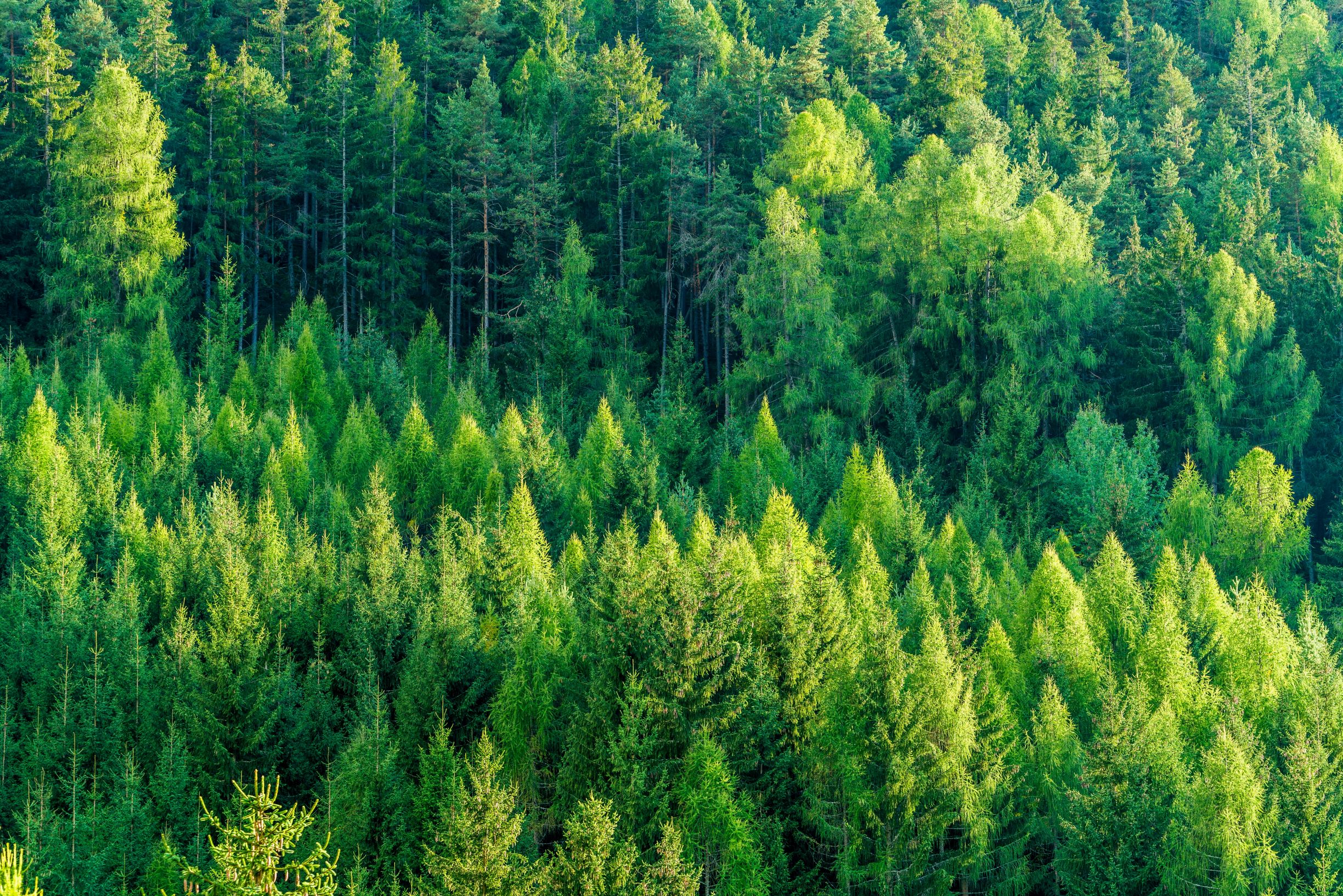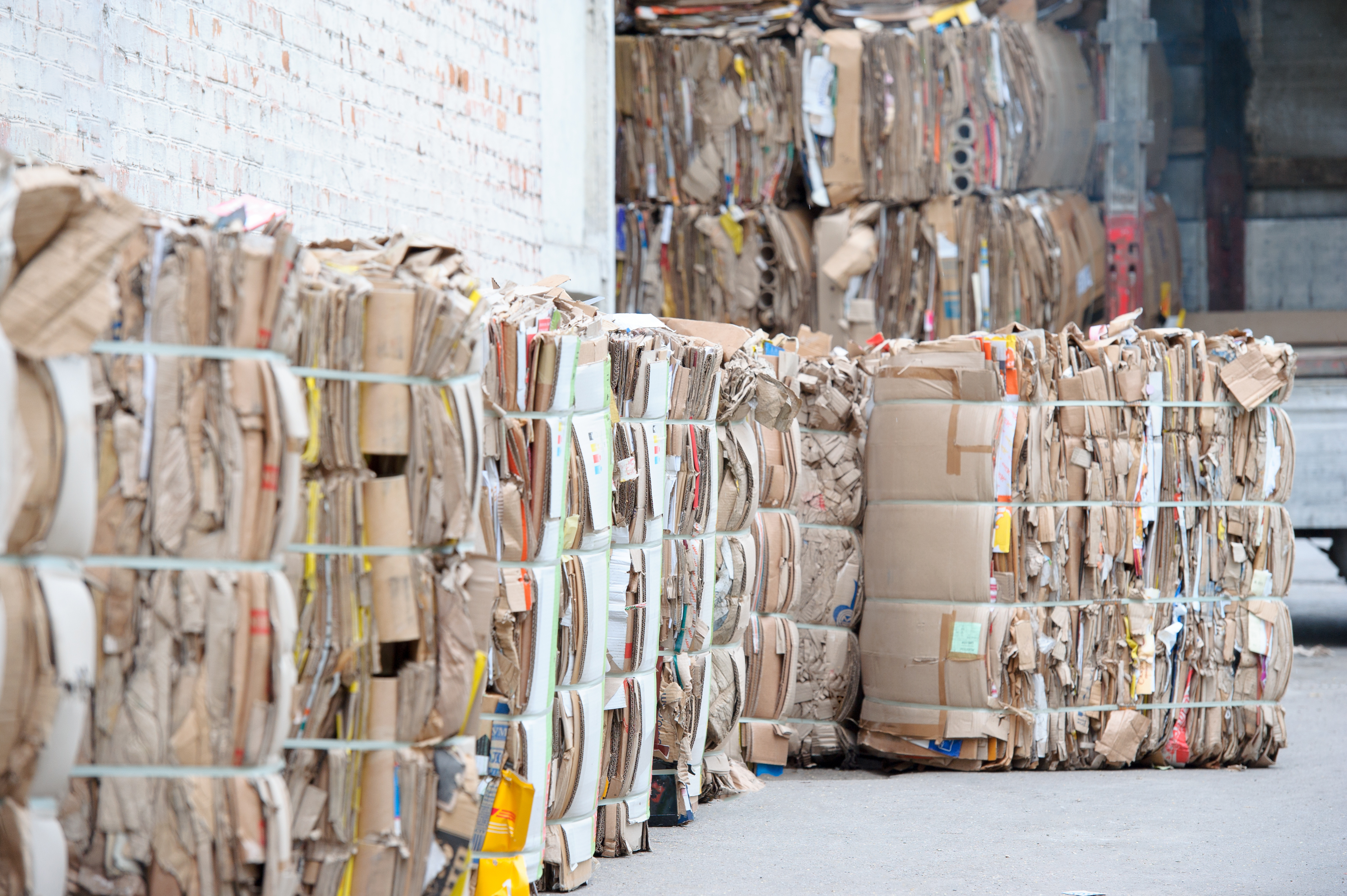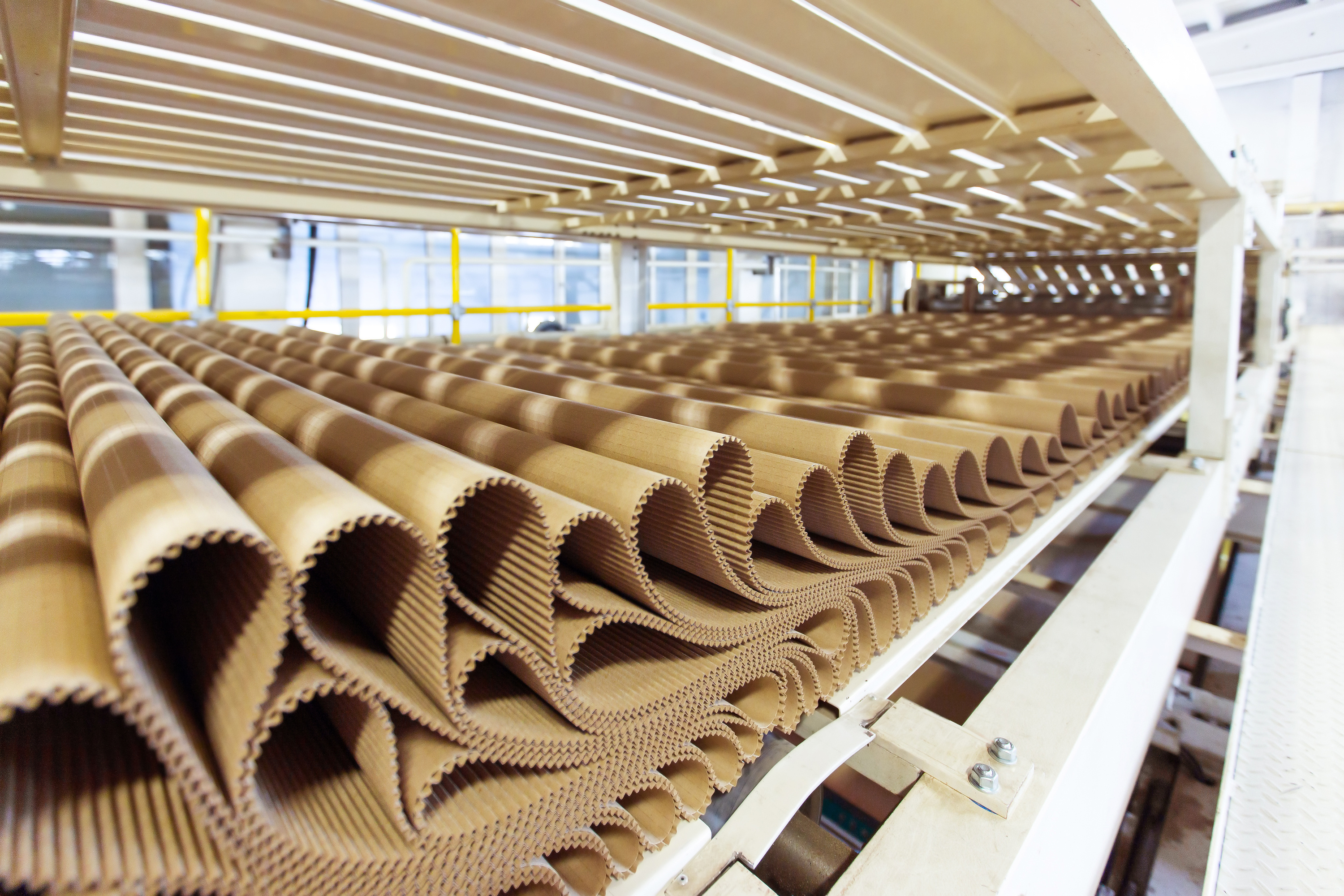Paper-based Packaging: A Natural Fit for a Circular Economy
By Kathi Rowzie, Two Sides North America Inc.
With e-commerce reaching its largest-ever share of total retail sales in 2020 and continuing to grow, attention to the types of packaging used for product returns also is increasing as brands, retailers, and others across the supply chain seek reverse logistics solutions that contribute to a more sustainable, circular economy. Regardless of whether businesses provide return packaging as a customer service, allow in-store or other local return options that enable bulk return shipping, or encourage customers to repackage returns themselves, the sustainability of the packaging material itself comes down to three basic questions: What is it made of, how is it made and what happens to it once shipping is complete? When we rely on verifiable data rather than unsubstantiated claims to answer these questions, paper-based packaging made in North America stands out as a sound environmental choice.
One of the most frequent unsupported claims about corrugated cardboard and other paper-based packaging is that its use causes deforestation and destroys forests, but the data tell a different story. Every five years, the UN Food and Agriculture Organization (FAO) publishes its global Forest Resources Assessment which reports the state of the world’s forests. The 2020 FRA reports that net forest area in the United States grew by approximately 18 million acres between 1990 and 2020. That’s an area equivalent to around 1,200 NFL football fields every day! In Canada, the net forest area remained stable at around 857 million acres during the same period. This is due in great part to sustainable forest management practices implemented by the North American paper and forest products industry, the highest percentage of certified forests (52%) in the world, and laws and regulations aimed at protecting forest resources across the United States and Canada.

So, is deforestation a real concern? Yes, but using paper-based packaging is not the cause. Since 1990, there has been a net loss of 440 million acres of forests globally, an area larger than the entire state of Alaska. A net change in forest area is the sum of all forest losses (deforestation) and all forest gains (forest expansion) in a given period. The UN FAO defines deforestation as the permanent loss of forestland, regardless of whether it is caused by humans. In fact, the definition specifically excludes harvesting trees for the production of wood fiber-based products like packaging, because trees in “working forests” are expected to grow back, either through natural generation or sustainable forestry practices. The leading cause of deforestation in the United States is urban development, while the leading cause in Canada is agriculture.
The USDA Forest Service reports that 58% of U.S. forestland is privately owned, and around 89% of the wood harvested each year, including most of the wood used for domestically produced paper products, comes from these private forestlands. Approximately 11 million families, individuals, estates, and trusts, collectively referred to as family forest owners, control 36% of all private forestland, more than any other group.
Contrary to the myth that the use of paper products destroys forests, the continuing demand for sustainably sourced paper and paper-based packaging provides a financial incentive for these private landowners not only to manage and harvest their acreage responsibly but also to keep the land forested rather than converting it to non-forest uses. According to the Forest Service, tree harvesting occurs on less than 2% of U.S. forestland each year in contrast to the 3% disturbed annually by natural events like insects, disease, and fire, and U.S. forests annually grow significantly more wood than is harvested.
According to Natural Resources Canada, the majority of Canada’s forestland, about 94%, is publicly owned and managed by provincial, territorial and federal governments. According to laws, regulations, and policies in place across the country, all areas harvested on public land must be reforested, either by replanting or through natural regeneration. Only 0.2% of Canada’s forests are harvested each year.
Next, let’s debunk the claim that the production of paper-based packaging is a major cause of greenhouse gas (GHG) emissions that contribute to climate change. According to the most recent data available from the U.S. Environmental Protection Agency (EPA), the industry overall is responsible for 22% of U.S. direct GHG emissions annually, and the pulp and paper industry is responsible for only 1.2% of total annual industrial GHG emissions. The industry achieved these low emissions because more than 65% of the energy demand at U.S. pulp, paper, and paper-based packaging mills is met using renewable, carbon-neutral biomass. Biomass use combined with continuing improvements in energy efficiency and a switch from oil and coal to other less carbon-intensive fuels like natural gas allowed the industry to reduce GHG emissions by 23.2% between 2005 and 2018, according to the American Forest and Paper Association (AF&PA).

In the Canadian forest products industry, bioenergy continues to increase its share of the energy mix, accounting for 62% of energy use in 2018, according to Natural Resources Canada (NRCan). Increased bioenergy use, along with energy efficiency and fuel mix improvements similar to those in the U.S., enabled the Canadian forest products industry to reduce greenhouse gas emissions by 38% between 2006 and 2016.
We also hear claims that manufacturing pulp and paper-based packaging is bad for the environment because it uses vast amounts of water. While it’s true that production requires a lot of water, most of that water is not consumed in the production process. In fact, more than 90% of it is cleaned and returned to the environment in a manner that meets North American water quality criteria, according to the National Council for Air and Stream Improvement (NCASI). The other 10% evaporates or remains in the packaging produced. In addition, water is used efficiently within North American mills, with each gallon recycled more than 10 times before being returned to the receiving environment.
When it comes to reducing waste, recycling of paper-based packaging is an environmental success story. Based on industry data reported by AF&PA, the overall recycling rate for paper-based products has nearly doubled since 1990 thanks to voluntary industry efforts to build the commercial paper recovery infrastructure and to the commitment of millions of organizations and individual Americans who choose to recycle every day. AF&PA reports the U.S. recovery rate for corrugated packaging in 2019 was 92%. At 66.2%, the overall recovery rate for paper and paper-based packaging was higher than any other material in the country, including plastic, glass, and metals. In Canada, corrugated cardboard boxes have a recovery rate of around 85%, and the overall recovery rate for paper and paper-based packaging is nearly 70%, according to the Forest Products Association of Canada (FPAC).

In addition to being recyclable, paper-based packaging can be efficiently and cost-effectively made with recycled fiber. In the U.S. for example, the average corrugated box is made with 50% recycled content, according to the Fibre Box Association. The Paper and Paperboard Packaging Environmental Council reports that most corrugated boxes made in Canada are 100% recycled content.
Corrugated packaging can be recycled up to 10 times – a distinct sustainability advantage – but it can’t be recycled indefinitely because the wood fibers eventually become too short and weak to bond together into new paper. That’s why a continuous supply of fresh fiber from sustainably managed forests is needed to replenish the manufacturing process.
While all manufacturing processes have an environmental footprint, the fact that paper-based packaging is made with an infinitely renewable resource (trees grown in sustainably managed forests), is manufactured using mostly renewable, carbon-neutral energy and water-efficient processes, is recyclable, and is recycled more than any other material, makes it a natural fit for a circular economy.
For more information on the sustainability of print, paper, and paper-based packaging, please visit www.twosidesna.org.
 Kathi Rowzie
Kathi RowzieKathi Rowzie is an accomplished communications, public affairs and sustainability professional whose career spans more than 30 years in corporate and consulting roles with Fortune 500 companies, including extensive experience in the paper and forest products industry. Before joining Two Sides as Vice President of Operations in March 2020, she served for five years as vice president of communications and public affairs at Verso Corporation. During her previous paper industry career at International Paper she was both executive communications counsel to the chairman from 2013 to 2015 and communications leader for the company’s Printing and Communications Papers and Coated Papers businesses and their 12 paper mills from 2003 to 2006. Among her other responsibilities, she worked with many of the industry’s leading organizations, campaigns and coalitions, including Two Sides.
As a sustainability issues management and communications consultant, Kathi helped guide paper industry customers in the development of innovative sustainability strategies, programs, responsible paper procurement policies and communications, and in their response to the claims and demands of ENGOs. She has authored sustainability-related feature articles and more than a dozen CSR annual reports, and was instrumental in helping Two Sides North America launch many of its initial educational and marketing materials. She began her corporate career at GEICO, where for nearly a decade she was director of Business and Community Relations and led the company’s public relations, community relations and legislative action coalition building.
Kathi is a Washington, D.C. native and received her B.S. in journalism from the University of Maryland College of Journalism.